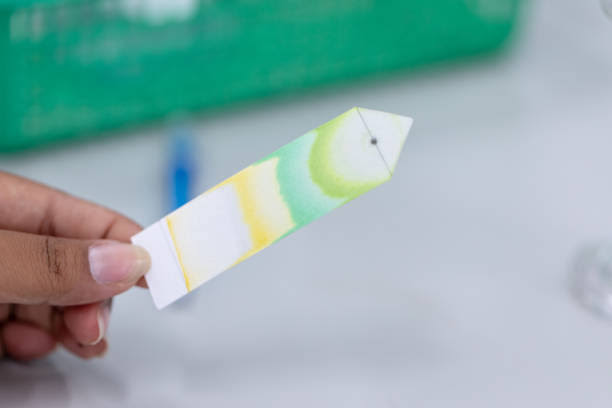
A Total Leucocyte Count (TLC) test is a quick and essential diagnostic tool that helps evaluate the strength of your body’s immune response. By measuring your white blood cell levels, it can uncover hidden infections, ongoing inflammation, or underlying health issues.
Falling sick more often than usual? Frequent infections, fatigue, or slow recovery could be your immune system’s way of signalling that something isn’t quite right. While minor illnesses come and go, persistent symptoms shouldn’t be ignored. In such cases, doctors often recommend a Total Leucocyte Count (TLC) test, a routine blood test that can offer valuable clues about how well your body is fighting off infections. If you’re experiencing frequent bouts of illness, it might be time to book a TLC test to check your White Blood Cell (WBC) count and better understand what’s going on beneath the surface.
A Total Leucocyte Count (TLC) test is a basic yet crucial blood test that measures the total number of white blood cells (WBCs), also known as leukocytes, present in your bloodstream. These cells are an essential part of your immune system and act as your body’s natural defense mechanism against inflammation, infections, and foreign pathogens.
White blood cells are not a single type of cell but a collective group that includes five main subtypes—neutrophils, monocytes, lymphocytes, eosinophils, and basophils—each performing specific immune functions. The TLC test evaluates the overall count of these cells to detect any imbalances.
This test is often conducted as part of a Complete Blood Count (CBC), especially when a person shows signs of infection, inflammation, or other immune-related concerns. A significantly high or low TLC result may point to various health conditions, ranging from bacterial or viral infections to autoimmune disorders or even bone marrow problems.
To better understand the TLC test, it’s important to know the different types of white blood cells it evaluates. Each type of leukocyte plays a specific role in protecting the body from illness and maintaining immune balance. Here’s a closer look at the five main types of white blood cells measured in a TLC test:
A TLC test is commonly recommended by doctors in a variety of clinical situations. Here are some of the most common scenarios when you may be asked to book a TLC test:
The results of a TLC test are typically interpreted in the context of a person’s age, sex, medical history, symptoms, and other diagnostic tests. For most adults, a normal TLC falls between 4,000 and 11,000 white blood cells (WBCs) per microlitre of blood. This range can slightly differ depending on the testing laboratory and individual factors such as age, gender, and physiological conditions. Here are typical normal ranges for TLC test results:
A normal TLC range usually indicates a healthy immune system, while any deviation from this range may suggest an underlying health condition that requires further evaluation. Here’s what an abnormal TLC result may mean:
While abnormal results don’t automatically confirm a diagnosis, they serve as a red flag that prompts further testing. Depending on which types of white blood cells are affected and how significantly the count deviates, your doctor can determine the possible cause and next steps for investigation or treatment.
If you’re experiencing frequent infections, prolonged fatigue, or unusual symptoms, don’t overlook these warning signs. A TLC test is a simple, effective way to assess your immune health and identify any potential issues early. Whether for routine screening or specific health concerns, checking your WBC count can offer clarity and guide timely medical intervention.
The 65th edition of the Zlín Film Festival, the biggest and oldest showcase for youth… Read More
In response to an accelerating wave of financial fraud, Recoverly Ltd has formalized partnerships with… Read More
Christians will celebrate Ascension Day, also called the Feast of the Ascension, on May 29,… Read More
India’s recent military operation, Operation Sindoor, aimed at dismantling cross-border insurgent infrastructure, has generated intense… Read More
Entrepreneurs have always aspired to run a very successful company. However, as many businesses will… Read More
The 80th US Women's Open will begin on May 29 and end on June 1… Read More